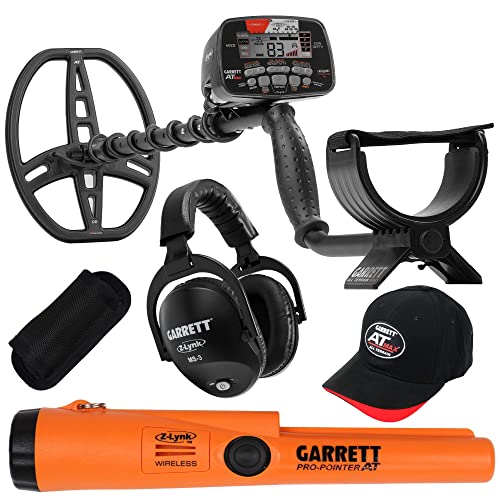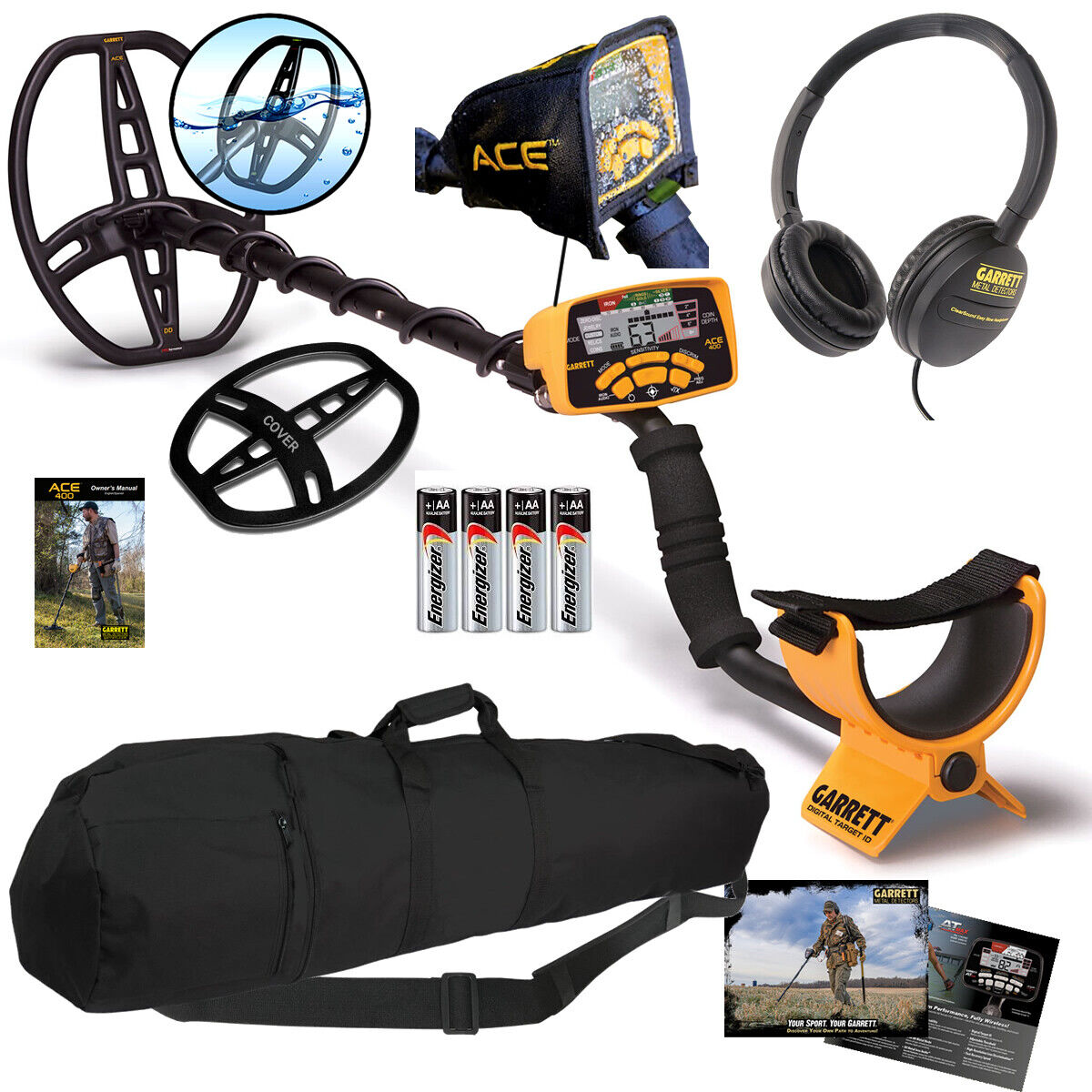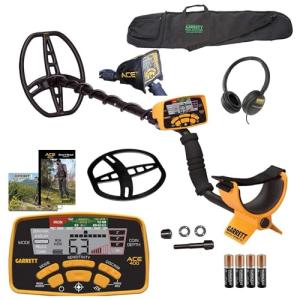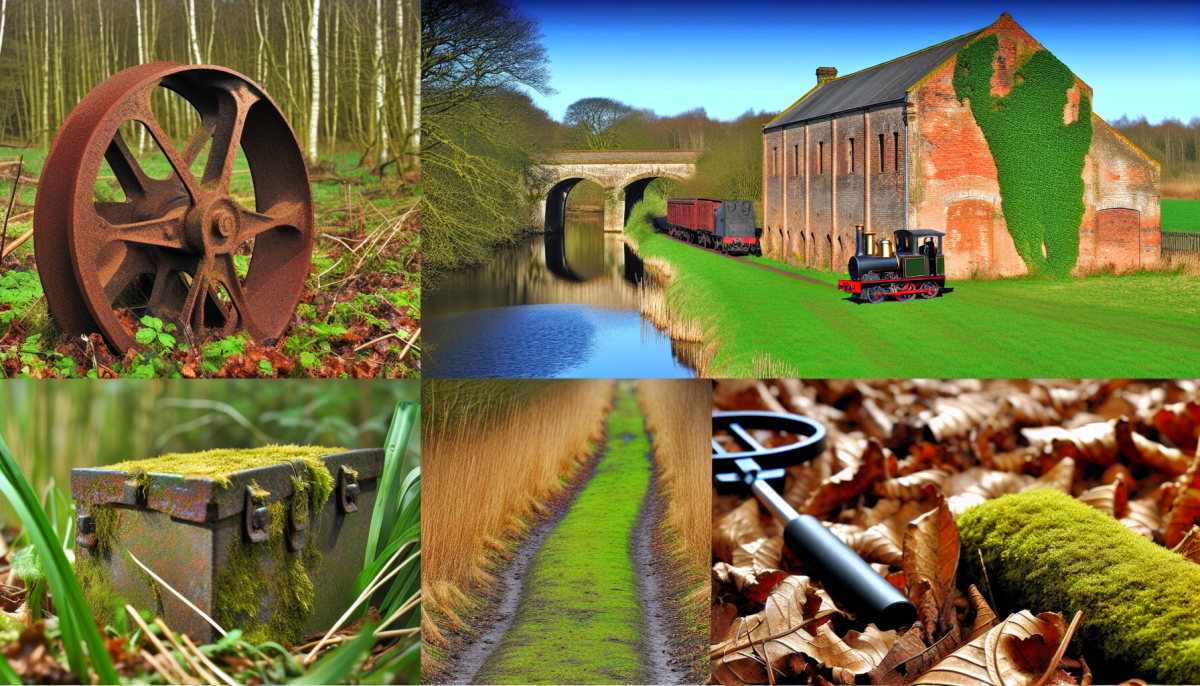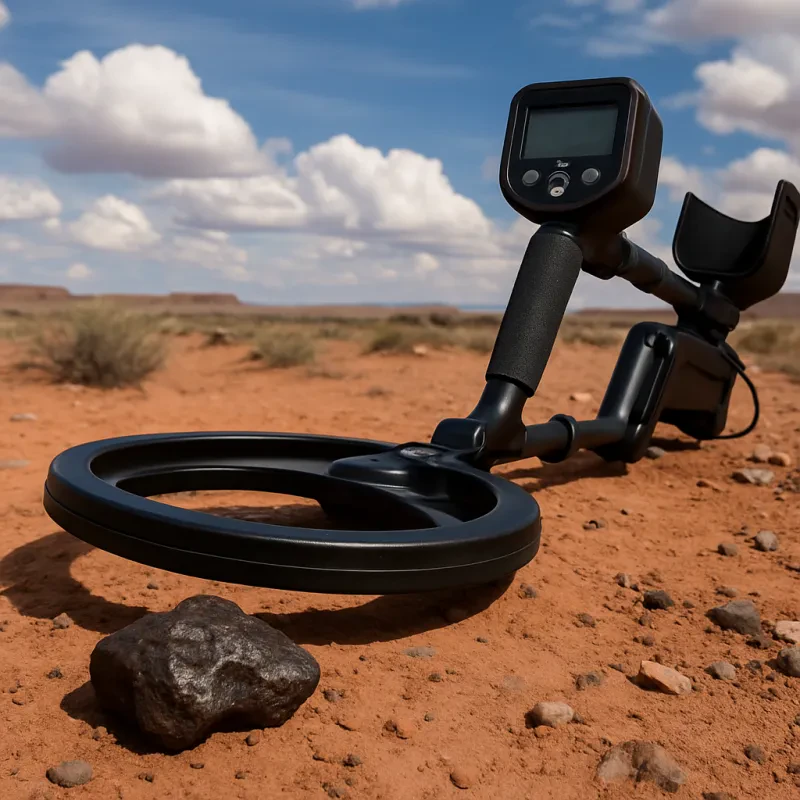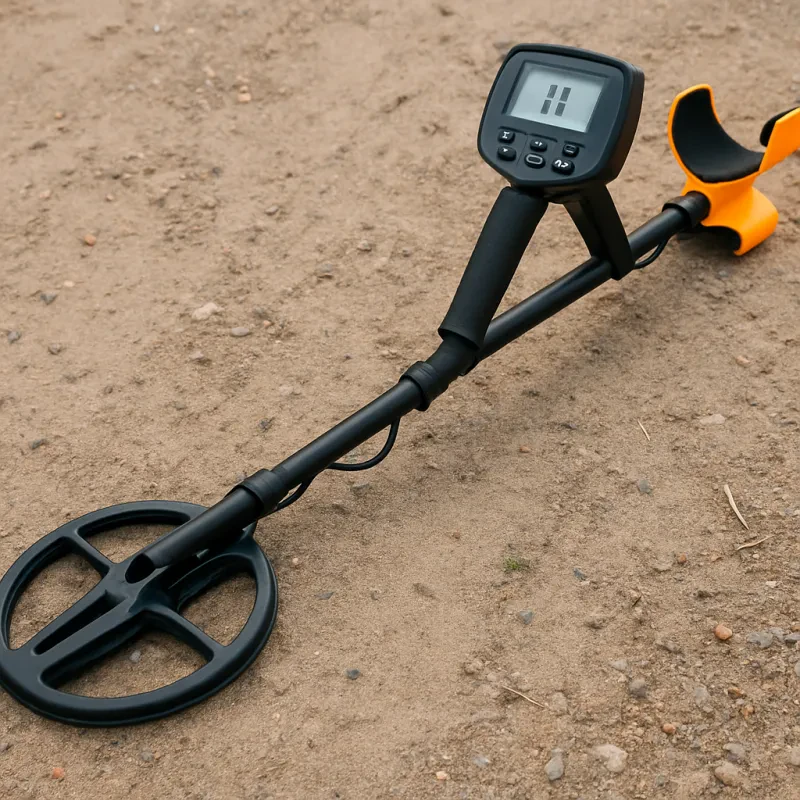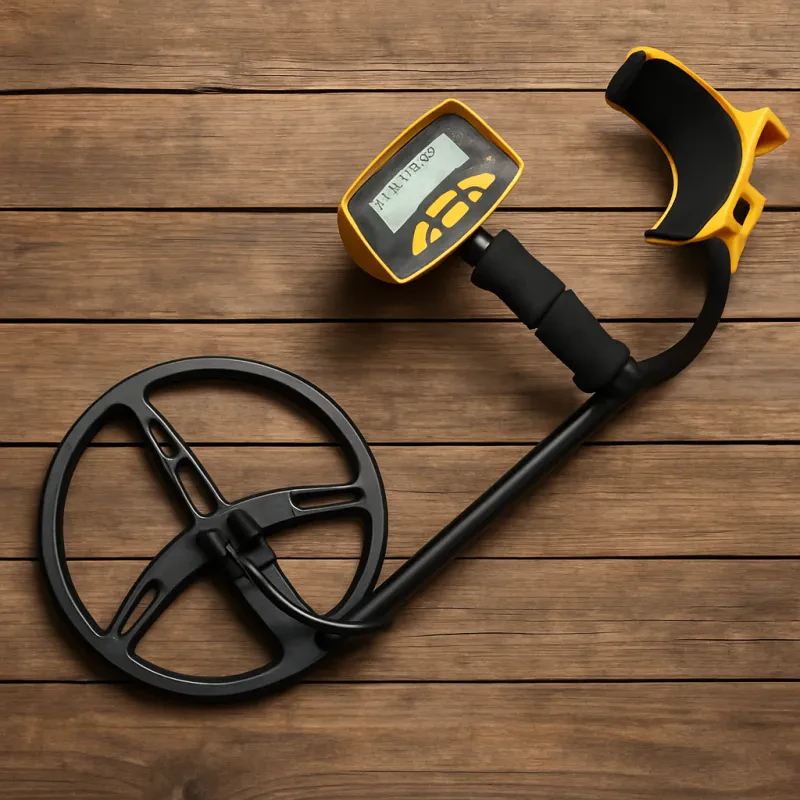Discovering Treasures: Top 10 Old Places to Metal Detect Near You
Embarking on a metal detecting adventure combines the thrill of exploration with the excitement of uncovering hidden treasures. For enthusiasts and beginners alike, finding the right spot to search is crucial. This guide will not only list ten of the best old places to start your metal detecting journey but also delve into how to conduct research specific to your area to uncover those hidden gems that history has left behind.
Top 10 Old Places for Metal Detecting
- Abandoned Towns and Ghost Towns: These areas, often left untouched for decades, can be treasure troves of relics, coins, and artifacts from times gone by.
- Historic Battlefields: With permission, exploring these areas can yield artifacts from historic conflicts, offering a tangible connection to the past.
- Old Home Sites (Homesteads): Foundations of long-gone homes often hide old coins, jewelry, and everyday objects lost over time.
- Former Fairgrounds and Picnic Areas: Places of gathering from the past often hold lost items dropped by attendees, including coins, jewelry, and old tokens.
- Beaches: Especially those with a long history of tourism or near historic towns, beaches can be rich in lost valuables and old coins.
- Parks and Commons: Older parks, especially those that have been in use for generations, can be excellent spots to find coins and small artifacts.
- Churchyards and Meeting Places: The areas around historic churches and meeting places can hold lost items from past congregations and gatherings.
- Old Schools: Sites of old or abandoned schools are great for finding relics from the past, including old coins, toys, and jewelry.
- Riverbanks and Old Swimming Holes: Water has a way of uncovering and hiding treasures alike, making these spots intriguing for metal detecting.
- Antique Trails and Old Roads: Paths that were once heavily traveled are potential gold mines for finding lost items and artifacts from travelers over the years.
Researching Your Area for Metal Detecting
To maximize your chances of success, doing your homework before heading out is essential. Here’s how to research your specific area for the best metal detecting spots:
Historical Maps and Records
Start by consulting historical maps of your area. These can show you the locations of old buildings, parks, fairgrounds, and other sites that no longer exist. Libraries, local historical societies, and online databases can be excellent resources for these maps.
Local Histories and Stories
Books and documents detailing your area's history can offer clues about places that were once centers of activity. Local historical societies, museums, and even long-time residents can provide stories and insights that aren’t found in official records.
Online Forums and Communities
Joining metal detecting forums and communities can be incredibly beneficial. Experienced detectorists often share their knowledge, tips, and sometimes even specific locations that are worth exploring.
Public Records
Property records, old newspapers, and archives can offer information about historical events and activities that took place in your area. This research can lead you to undiscovered spots that others might overlook.
Permission and Legal Considerations
Always ensure you have permission to metal detect in your chosen location, especially if it’s on private property or protected historical sites. Familiarize yourself with local regulations regarding metal detecting to avoid legal issues.
Metal detecting is a rewarding hobby that allows you to connect with history in a very personal way. By focusing on old places with a rich past and doing thorough research, you can increase your chances of making significant finds. Remember, every beep of your metal detector could be a signal leading you to a piece of history. Good luck and get out and explore.
